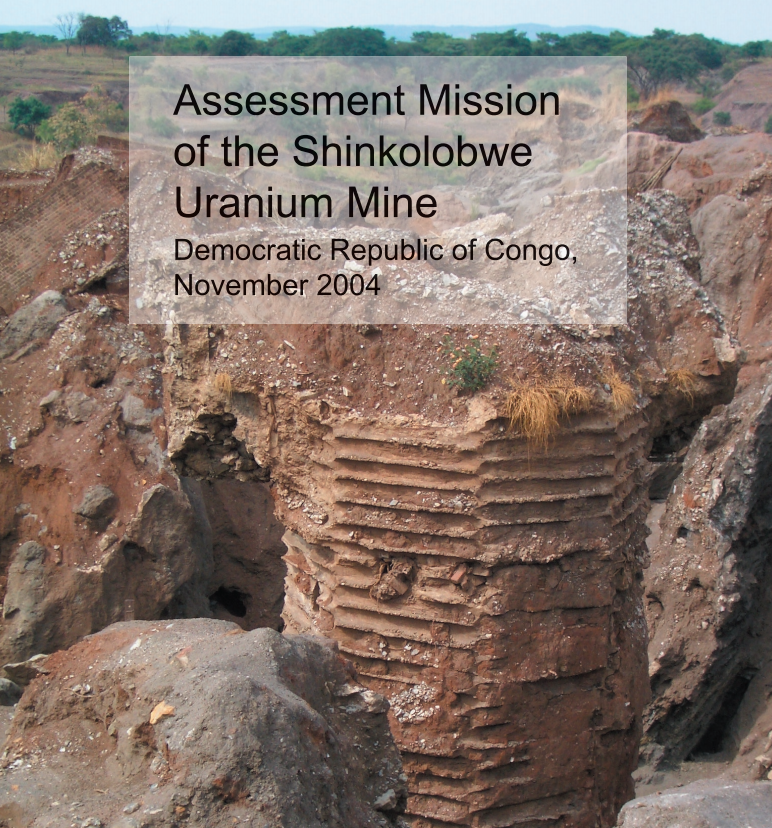This mission report describes the findings of mining, environmental and radiological contamination experts deployed by the UN Environment/OCHA Joint Unit in the Democratic Republic of Congo following the Shinkolobwe mine collapse.
report describes the findings of mining, environmental and radiological contamination experts deployed by the UN Environment/OCHA Joint Unit in the Democratic Republic of Congo following the Shinkolobwe mine collapse.
In July 2004, eight people were killed and 13 seriously injured in a partial collapse of artisanal workings at the Shinkolobwe mine in the Democratic Republic of Congo (DRC). The JEU organized and carried out a multi-disciplinary assessment of the partial collapse of the uranium mine. Although the mine was officially closed, thousands of artisanal miners continued to dig at Shinkolobwe, and concerns were raised about potential environmental contamination, exposure to radiation and human health effects. The mission, led by the JEU, included experts on mining, environment, radiological contamination (from the International Atomic Energy Agency) and an environmental health expert (from the World Health Organization). The state of the mine, the causes of its partial collapse, environmental impacts, including contamination by heavy metals, humanitarian and health concerns linked to mining activities and exposure to ionizing radiation were assessed. The assessment identified short, medium and long-term measures to be taken by the DRC government and international organizations, to mitigate anarchistic exploitation and further collapse at the Shinkolobwe mining site.
Because we had experts from several different disciplines within our team, we could look at all aspects of the mine collapse, then provide the authorities with recommendations on how to minimize environmental risks and enforce safety standards better, protecting local people, especially the children said Rene Nijenhuis, then Officer in Charge of the JEU.
Consult the mission report here.